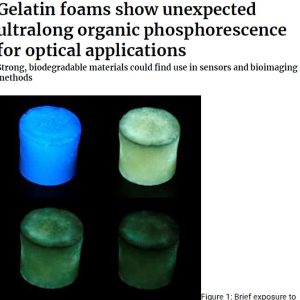
Formation of micropores and microprotrusions in Ti–6Al–4V alloy by argon ion sputter etching
₩4,000
Fabrication of fine surface textures is one of the most effective technologies to provide new functions for materials. In this research, argon– ion sputter–etching
was applied to an ÿ+ÿ type Ti–6Al–4V alloy placed on a SUS304 steel disk at a radio frequency power of 200W, 250 W and 300 W for 0.9 ks to 21.6 ks. For the 1013
K annealed specimens, fine holes smaller than 500 nm diameters were densely formed on the surfaces when the sputter power was 250 W and sputter time was 0.9
ks. However, when the sputter time increased to more than 1.8 ks, the holes disappeared and the groups of grain–shaped protrusions were formed in flat areas. For
the 1323 K solution–treated specimens, the fine holes were also formed at the sputter power of 250 W and at a sputter time shorter than 1.8 ks. The holes connected
to ridge–shaped protrusions with increasing sputter time and finally changed to independent and uniformly distributed protrusions. Energy dispersive X–ray analyses
revealed an increase in the V and Fe contents on the sputtered surface. This corresponds that the Fe particles arrived from the SUS304 disk dissolved into the alloy
and strongly combined with V atoms, which resulted in the selective sputtering of Al and Ti. It is considered that the argon ion radiation has induced the decomposition
of surface region to fine areas with different V and Fe contents, and the fine holes are formed by preferential sputtering of the lower V and Fe contents areas.





상품평
아직 상품평이 없습니다.